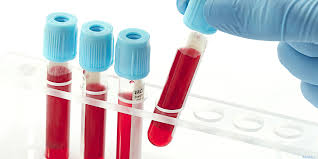By Jonas N. Kantonen et al.
Source CDC
Autopsies afford simultaneous access to all tissues and body compartments. The unique opportunity for extensive sampling during autopsy enables several research questions to be addressed. Early in the COVID-19 pandemic autopsies were rare, mainly because of presumed transmission risk and shortage of personal protective equipment (PPE), and suspicions that autopsies might be of limited value (1,2).
Autopsies pose an occupational infectious hazard to the personnel involved in a pathogen-dependent manner. For example, Mycobacterium tuberculosis deserves particular attention as a major cause of airborne infections in autopsies that puts pathologists at a 100–200-fold risk for infection compared with the general public (3). Viable SARS-CoV-2 has been detected in tissues for prolonged periods after death from COVID-19 (4). However, to our knowledge, no confirmed occupational cases of COVID-19 transmitted at autopsies have been reported.
Read more https://wwwnc.cdc.gov/eid/article/30/8/24-0145_article

